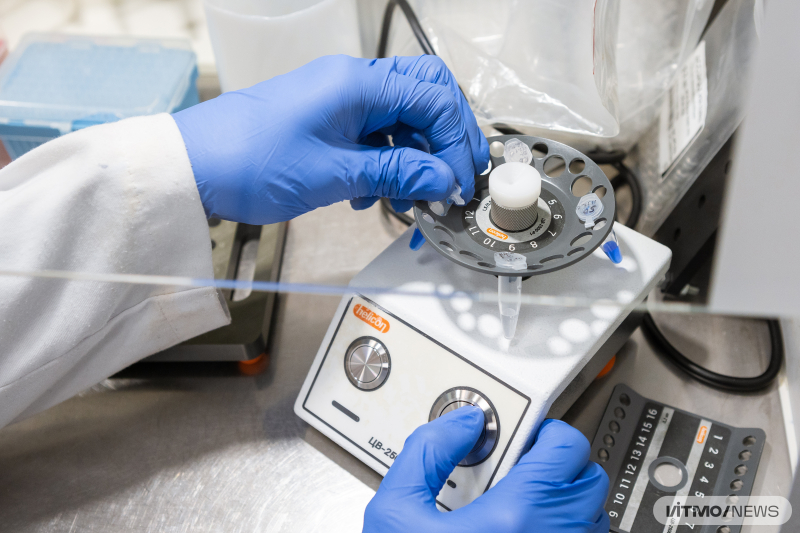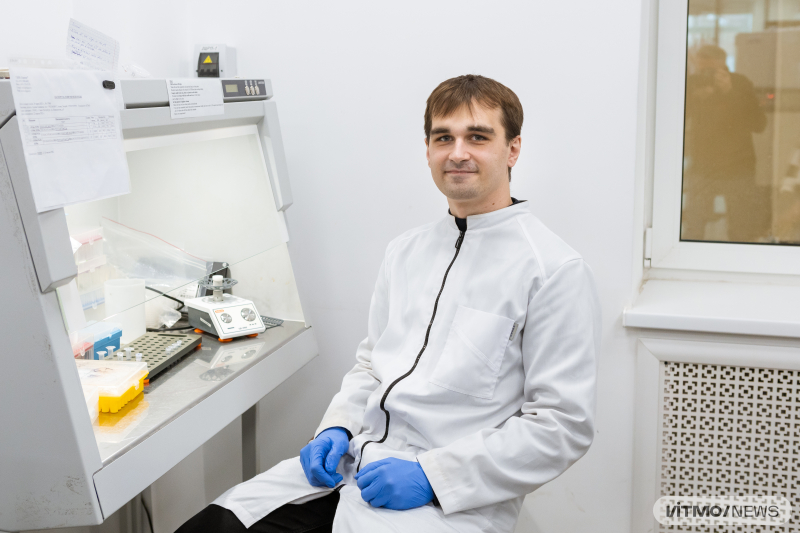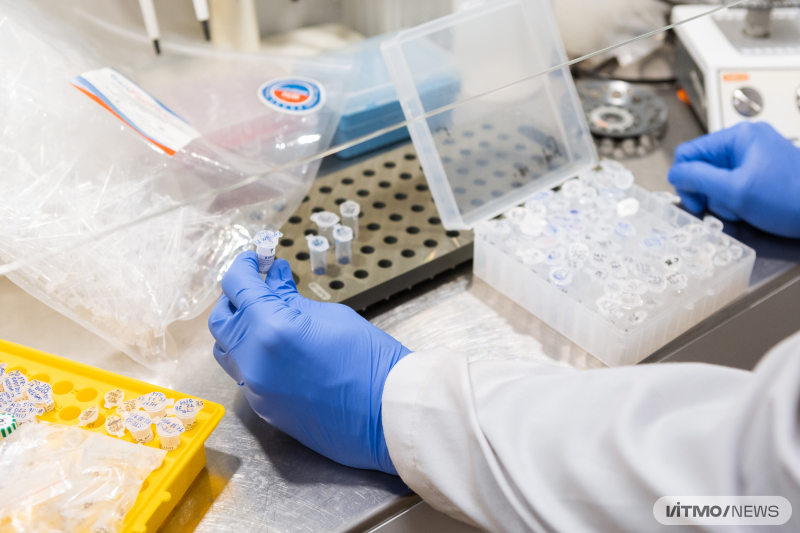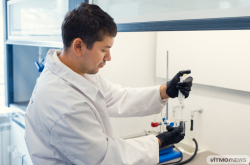Oncological and hereditary diseases, such as colon cancer or chylomicronemia (a disease characterized by the absence of lipoprotein lipase, an enzyme responsible for breaking down fats in the body), can be caused by mutations of specific genes. The latter encode hereditary information on which proteins or RNA molecules the body should produce to maintain operation. However, in case of any gene mutations, information about them will also be passed on: first, genes from a DNA chain are transformed into messenger RNA (mRNA); in its turn, the mRNA is translated into a polypeptide sequence (a chain of amino acids responsible for a protein’s properties and functions) that later folds into a protein.
One promising treatment method involves “turning off” specific genes; the method involves antisense oligonucleotides, small interfering RNAs, or DNAzymes – short DNA or RNA chains that bind to mRNAs of specific genes, turning them off. By cleaving an mRNA and preventing it from turning into a protein, the treatment interrupts the functioning of the gene responsible for a disease. However, mRNAs are found in challenging sites that cannot always be accessed by the medicine.
“mRNAs have a complex secondary structure that can manifest in many “spikes” and “stems” that can make a site inaccessible for binding with the treatment. We have created a prototype medicine capable of binding with the target mRNA fragment regardless of its secondary structure and cleaving it 17 times faster than its earlier suggested counterparts,” explains the paper’s first author Mikhail Dubovichenko, a PhD student at ITMO’s ChemBio Cluster.
Typically, such treatments are based on a single DNAzyme with two “arms,” which bind with the complementary RNA of the target gene, and a catalytic core that cleaves that RNA. In their new prototype, the scientists used two linked DNAzymes with four “arms.” Thanks to this design, the prototype was capable of accessing and binding with a greater area of the target RNA, while also accelerating the cleavage rate.
In case the target fragment is in a hard-to-reach location, the treatment’s prototype will still be able to bind with it thanks to complementarity – paired interaction of the nitrogen bases in the treatment with analogous ones in the target gene’s mRNA.
Another advantage of the new prototype is that it can be applied in cleaving RNAs of various genes, thus treating specific oncological, viral, or hereditary diseases, be that colon cancer, Epstein–Barr virus (a herpesvirus type), or transthyretin amyloidosis (a disease that causes structural changes in tissues and organ dysfunction). In order to target them, the researchers first need to know which foreign or damaged genes partake in the development of a disease – and then create DNAzyme pairs complementary to their mRNAs.
In the future, the researchers are planning to chemically modify the DNAzyme structure, increase the number of DNAzymes in a single therapeutic molecule, as well as train each of them to target different mRNAs. The first improvement will make it possible to use the treatment in living cells and organisms for longer and more efficiently; the second will expand the accessed mRNA area and facilitate the cleavage; and the third – offer a way to treat complex diseases, such as late-stage cancer, by suppressing the functions of several genes simultaneously.
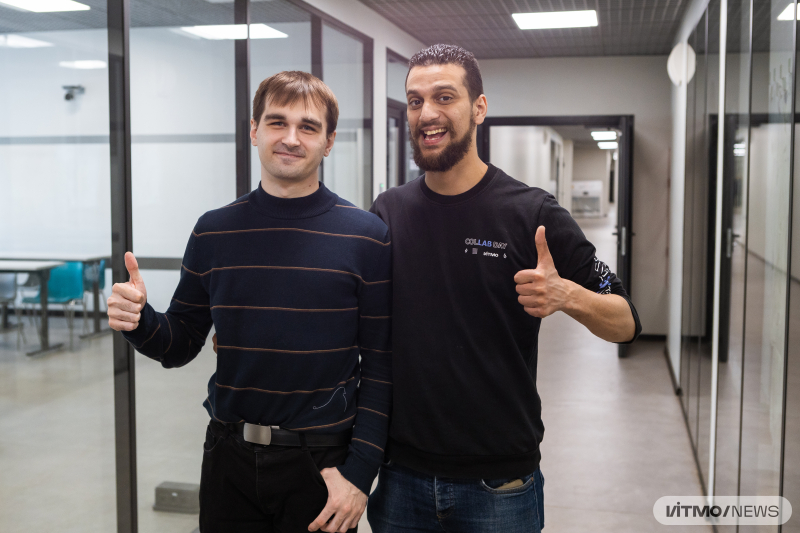
Mikhail Dubovichenko and Ahmed El-Deeb. Photo by Dmitry Grigoryev / ITMO.NEWS
“Having tested the compound in vitro, we are now planning to study its operation in cell cultures. For that, we need to chemically modify DNAzymes to protect them from nucleases – the enzymes that cleave foreign nucleic acids inside cells. For that, we need to find such a chemical modification that wouldn’t interfere with our compound’s disease treatment function,” shares one of the paper’s authors Ahmed Eldeeb, the head of the Nucleic Acid Nanotechnologies Lab and a PhD student at the ChemBio Cluster.
This research project is supported by ITMO University’s 2030 Development Strategy.
